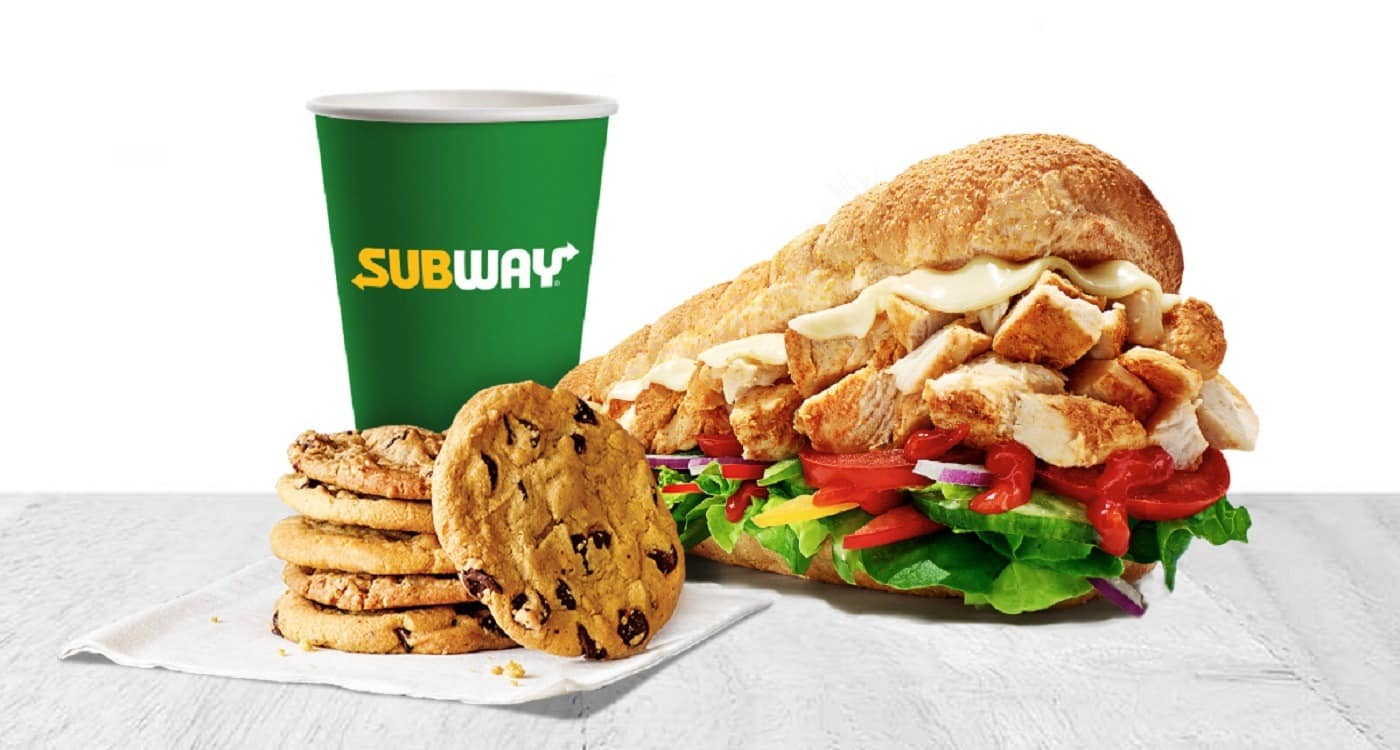Product design and marketing is what companies are using as a weapon to compete with their rivals making an impact on customer psychology. Product branding and placement give psychological value to the product for which brands can charge enormous prices for something which is available on the street.
For example, wine tastes better when drinking from heavier and fancy bottles. Food tastes better when consumed in a fancy restaurant with fancy plates. Customers tend to spend more when using master cards or Amex cards.
Brands create a placebo effect on the customers with their logo, product placement, marketing, and product design and packaging.
Is this a good thing? or is this just something brand companies take advantage of?
Branding as Information
Branding has been there for centuries. Manufacturers or producers used banding to mark the product as theirs so customers don’t buy fake products or someone posing as them.
If we take an example, in the beginning, bread producers used the same packaging, just colored plastic packaging. The packaging did not contain any brand name or type of bread. So if the bread was rotten or anything was wrong with the bread, then no one knew who produced the bread and which one not to buy.
The same thing happened with the ribbits. Ribbits are used to hold together the ships when building them for war or shipment. Branding them is not a big issue, but when the ships started falling out, there was no way to link the ribbits back to the manufacturer. This caused an issue for the army and shipment companies. To resolve this, the soviet union made it mandatory to put the brand on the ribbits.
Branding is not just manipulating people into buying expensive things or things they don’t want, but branding also solves a problem called information asymmetry. This happens when sellers know everything about what they are selling, but buyers know nothing about what they are buying. People tend to buy more from a well-established brand as they have more information about that brand and what they are selling rather than a new or cheaper product. Companies selling cheaper products have bigger profit margins and have no risk of losing any reputation or brand value.
Branding as Emotion
Brands do not always work on consumer needs, but they want to create an emotional connection. The biggest example is Apple. If a user buys an Apple product, they are always hooked on them. They are their marketer and defend any fault and praise Apple in front of others so that other people also want to switch to Apple.
Customers don’t primarily use toothbrushes for health reasons. Sure health is a part of it, but most people use toothbrushes before a meeting or a date or before going to a party, basically before we eat. No one uses a toothbrush after eating chocolate at night or eating snacks while watching Netflix when the risk of germs is higher. Companies started selling mint-flavored toothpaste and mouthwashes. Mint does not have any significant effect on hygiene, but helps in bad breath which is the primary use for most consumers.


Another example is buying a Tesla. People buy Tesla with the illusion that they care for the environment and want to help in sustainable energy and decreasing fossil fuel usage. But the actual reason to buy Tesla is because it’s fun to drive and is a status symbol. Otherwise, they will drive a much cheaper electric car.
Branding as Trust
We don’t just buy something. We buy on the basis of trustworthiness and the reputation of the seller. Nice packaging and storefronts are signals that the seller wants repeat customers and is trustworthy. No one would want to buy from someone who just sells the product and then breaks any connection with the customer or just runs away after you bought something.

A company that spends time and money on the product to make sure you are not disappointed even after you have bought the product is more likely to be trustworthy and with a high-quality product and customer support. That’s why fashion companies give you branded bags with ropes and high-quality material. It’s an extra expense for them, but they want you to know that they are trustworthy and are selling high-quality products so that you are more likely to buy from them in the future.


The more a seller has to lose in their reputation if something goes wrong more you are likely to trust them. That’s why you want to eat a burger at Burger King and a sandwich at Subway rather than from a guy who is selling the same product cheaper in a van down by the street. A sandwich shop tends to lose a lot if the food gets you sick or you get a portion of bad quality food.
But the seller in the can does not care as it will not be there the next day if something goes wrong. In this case, you can have more trust in the quality control of the shop with a storefront and a brand that needs to build and maintain its reputation.
Also, read about configuring the nginx server for optimized security.